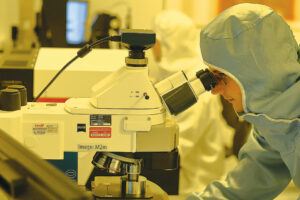Antimicrobial resistance (AMR) occurs when bacteria, viruses, fungi, and parasites no longer respond to antimicrobial agents. The misuse and overuse of antimicrobials in humans, animals, and plants are the main drivers in the development of drug-resistant pathogens, according to the World Health Organization (WHO). As a result of drug resistance, antibiotics and other antimicrobial agents become ine ff ective and infections become di ff icult or impossible to treat, increasing the risk of disease spread, severe illness and death.
AMR is one of the top global public health and development threats identified by the WHO. The agency estimated that bacterial AMR was directly responsible for 1.27 million global deaths in 2019 and contributed to 4.
95 million deaths. AMR affects countries in all regions and at all income levels. Its drivers and consequences are exacerbated by poverty and inequality, and low- and middle-income countries (LMICs) including the Philippines are most affected.
AMR puts many of the gains of modern medicine at risk. It makes infections harder to treat and makes other medical procedures and treatments —such as surgery, caesarean sections, and cancer chemotherapy — much riskier, warns the WHO. In addition to death and disability, AMR has significant economic costs.
The World Bank estimates that AMR could result in $1 trillion additional healthcare costs by 2050, and $1 trillion to $3.4 trillion gross domestic product (GDP) losses per year by 2030. AMR is a.


















